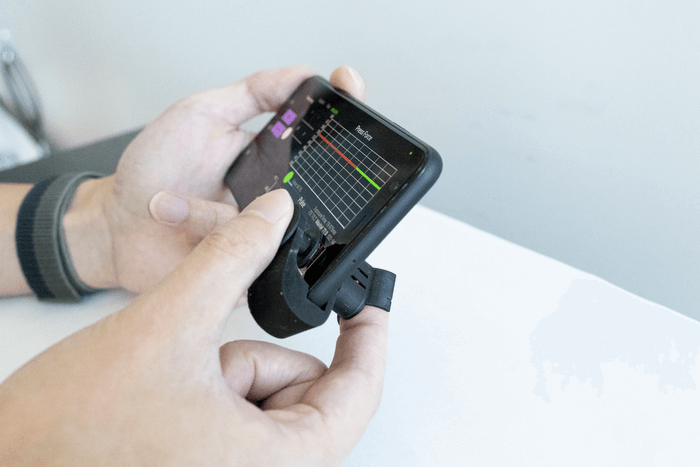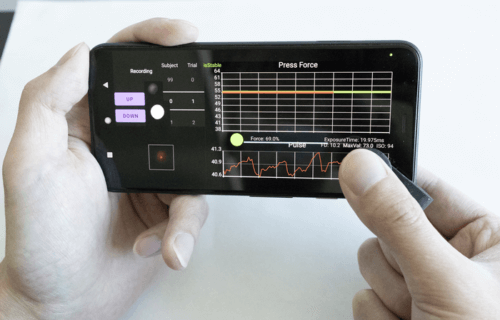SAN DIEGO — A new, low-cost smartphone app that can monitor blood pressure with a 3D-printed plastic attachment could change the way people with hypertension keep track of their health. This attachment fits into the camera and flash of the device and is expected to cost less than 10 cents.
“We have developed a cost-effective solution to lower the barrier to blood pressure monitoring,” says Yinan (Tom) Xuan, a Ph.D. student at the University of California-San Diego and the study’s first author.
With mass production, the unit price is projected to reduce even further. The innovation aims to facilitate regular, affordable, and accessible checks, helping individuals, such as older adults and pregnant women, manage their blood pressure effectively.
“These affordable clips could be distributed to individuals who need them but cannot frequently visit a clinic,” explains Edward Wang, director of UC San Diego’s Digital Health Lab and the senior author of the study, in a university release.
Wang likens the distribution of these clips to the handing out of dental hygiene packs during dental visits. A significant advantage of this device is that it eliminates inaccuracies associated with the improper use of blood pressure cuffs.
“Our system doesn’t require calibration. You can simply use our device and get a reliable blood pressure reading without needing another blood pressure monitor,” adds Wang.

The process of measuring blood pressure with this device is straightforward: the user presses on the clip while a custom app guides them on the appropriate amount of pressure and duration. The clip has an optical design similar to a pinhole camera, and when the smartphone’s flash illuminates the user’s fingertip, an image of a red circle is projected. The app can then determine the pressure exerted by the size of the circle and the volume of blood flow by the brightness. An algorithm then translates this information into systolic and diastolic blood pressure readings.
In a trial involving 24 volunteers from the UC San Diego Medical Center, the results obtained using the clip were comparable to those measured using a traditional blood pressure cuff.
“This solution has the potential to make self-monitoring of blood pressure easier for older adults, especially given that using a standard blood pressure cuff can be awkward,” says co-author Dr. Alison Moore, a geriatrician at the UC San Diego School of Medicine.
Expected to be compatible with all smartphones, future improvements for this technology involve enhancing user-friendliness, particularly for older adults, testing its accuracy across various skin tones, and creating a more universal design.
The technology is published in the journal Scientific Reports.
You might also be interested in:
- Best Apple Watches: Top 5 Smart Devices Most Recommended By Experts
- Best Fitness Trackers For 2023: Top 5 Wearable Tech Devices Recommended By Experts
- Best Blood Pressure Monitors: Top 5 Devices Recommended By Expert Websites
- Best Apps For Calorie Counting: Top 5 Nutrition Trackers, According To Experts
South West News Service writer Mark Waghorn contributed to this report.

